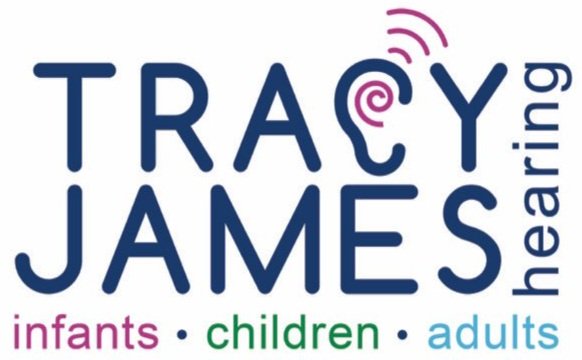Fitting Hearing Aids to Children
As Audiologists, a question we’re often asked when fitting hearing aids to a pre-school child for the first time is: “Do you think they will keep them in?”.
Parents usually worry that their child will reject the hearing aids as something foreign in their ears and pull them out. My experience is that as long as the child finds the hearing aids helpful the child is likely to keep them in. Children soon learn that communicating with others is easier with the aids and that they have access to the sensory world around them.
When babies and toddlers wear hearing aids for the first time their reaction to the new sound varies widely. Sometimes babies go still, sometimes they stare at Mum and Dad, sometimes they cry or smile! Other times the child may start babbling or talking even more. And sometimes their reaction doesn’t change that much at all – they just carry on playing!
The real difference you will notice is their reaction to sounds at home. Their ability to turn to their name or respond to instructions improves. Often their behaviour improves as well. This is because they are less frustrated and more able to communicate better. Many parents notice an improvement in clarity of speech. Often new words start being produced at a much quicker rate. Each child will behave differently. Changes will be seen at different rates and will depend on their level and type of hearing loss. Their previous experience with sound and language will also play a part.
Why do some children remove their hearing aids?
When a child removes their hearing aids this is usually because he or she is getting limited benefit from the hearing aid. They may pull the aids out, pull at their ears or they may become withdrawn or frustrated. Occasionally, children take their hearing aids out for attention, particularly around the age of two years old i.e. ‘the terrible twos’. Therefore, some process of elimination may be required.
What could be the problem? There can often be many simple reasons for hearing aids not working properly.
Some things to try
Check the battery and replace if necessary.
Listen to the hearing aid and check it is working.
Check to see whether the earmould or hearing aid is blocked in anyway. Wax or moisture can be removed from the earmould, or the tubing can be changed if you have been shown how to do so.
Check that the fit of the hearing aid and earmould is good and that there is no whistling from the aid(s).
If all is OK following your checks, or if you are unable to solve the problem with the hearing aid or earmould, then you should contact your hearing centre.
It may be that hearing aid is broken or faulty or the earmould does not fit well. Or your child’s hearing may have changed and the hearing aid no longer provides the right level of sound. A good audiologist will be able to problem-solve and work out what the change in behaviour relates to.
Real Ear Measurement
As well as an accurate hearing test, one of the important tests for children in a hearing aid clinic is a real ear measurement. This is a measurement that takes into account the size and shape of your child’s ear as this can affect the amount of sound that reaches the eardrum.
Without a real ear measurement, the level of sound coming out of the hearing aid can be over or under recommended prescription targets. This can also be a cause for rejecting hearing aids. Remember, a child’s ear is always growing, so this measurement needs to be repeated at least every three months, and/or when the earmould is changed.
Speech testing with hearing aids in is also a good indicator of how much benefit a child receives from their hearing aid.
It is best to ensure that your child’s progress is evaluated in many ways. For example:
Speech and language development
Progress at school or nursery
Listening behaviour
General behaviour
Health.
You will also need up to date audiology hearing tests, impressions, real ear measurements, and (aided) speech audiometry. Multi-disciplinary working is invaluable in doing this effectively.
If your child isn’t keeping their hearing aids in then further assessment and evaluation may be required. This is to ensure that the right plan is put in place for your child and family.
So the answer is ‘yes’. I do think that any child who is fitted with the right hearing aid for their hearing loss, needs and circumstance will keep them in. This is provided the hearing test is accurate and the appropriate level of sound for their hearing loss has been applied.

